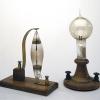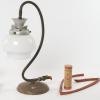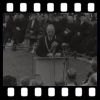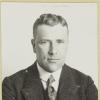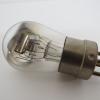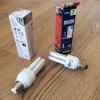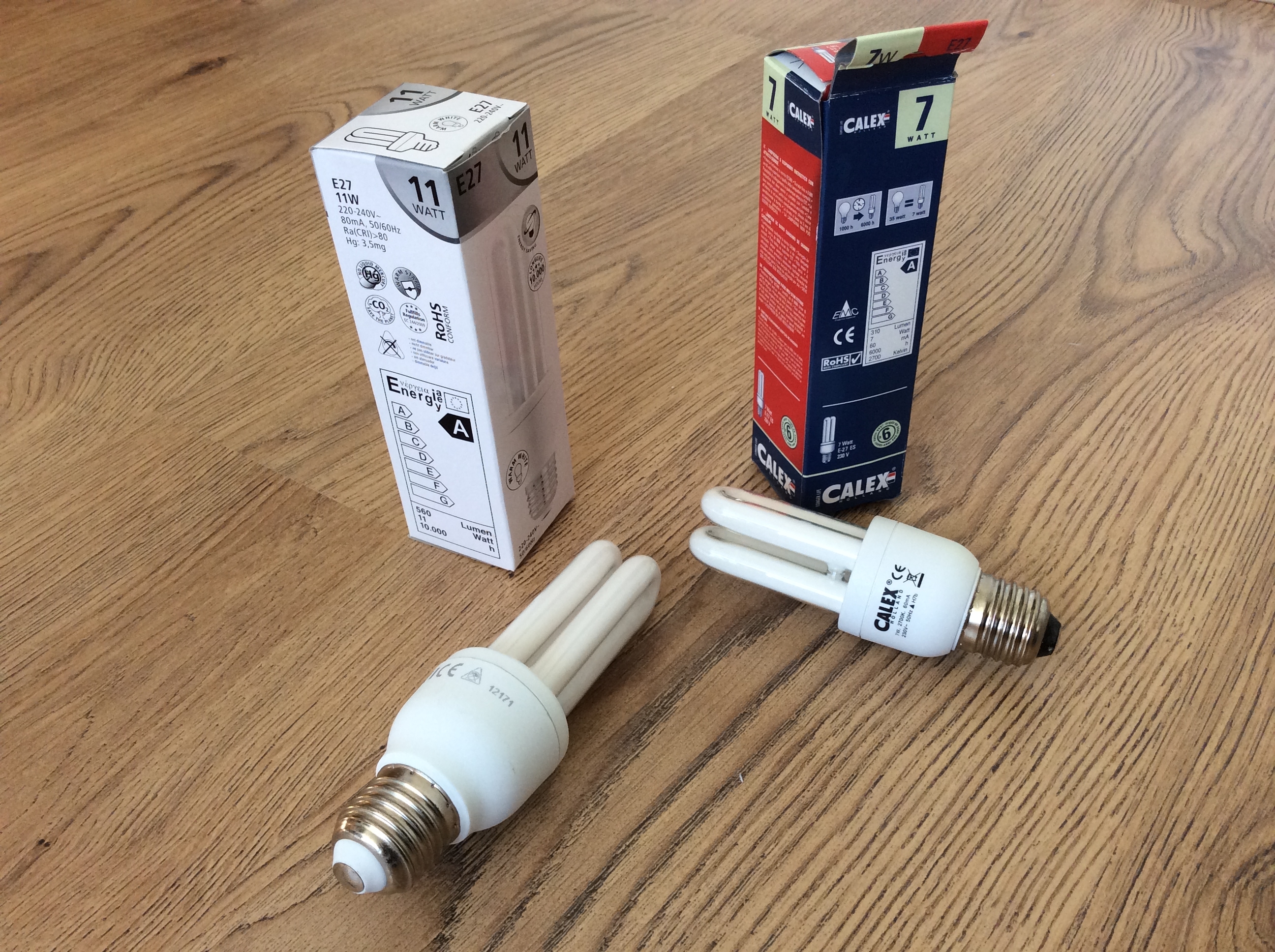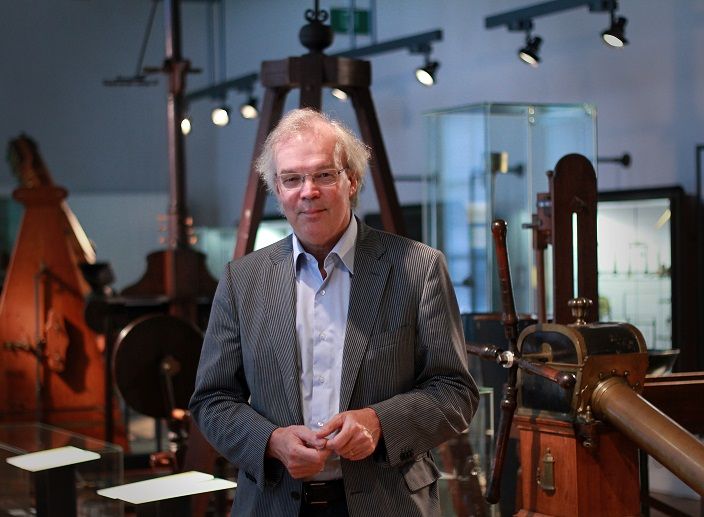Saving Europe
In 2012 the European Union banned the heat-energy-squandering light bulb.
This ban shows how much the autonomy of individual countries have decreased in Europe. Similar regulations have emerged in the United States, with claims that alternatives such as low-energy light bulbs and light-emitting diode (LED) are much more efficient than old-fashioned incandescent light bulbs, which are still allowed for fridges and Christmas trees.
Electric light started with the incandescent light bulb, but did not stop there. In 1937, tube luminescent (TL) pipes were introduced at the World Exhibition in Paris. The white light is the result of fluorescent powder on the inner side of the glass. In comparison with regular light bulbs, the TL pipes shone brighter and produced less heat.
Based on newly developed phosphorus powders, Philips introduced a dense version of the TL pipe: the low-energy light bulb. This bulb produces three to four times more light than an incandescent light bulb and lasts about ten times longer.
However, this sustainable low-energy light bulb has certain drawbacks. It ends as chemical trash because it is filled with mercury vapor. The bulbs’ life expectancy often disappoints as they suffer from frequently being switched on and off.
A better alternative to the light bulb is LED, which lasts longer and is available in many colors. LED fully meets Europe’s requirements regarding sustainability, environmental friendliness, and energy savings.
 Previous Story
Previous Story
How to cite this page
Dirk van Delft, 'Saving Europe', Inventing Europe, http://www.inventingeurope.eu/story/saving-europe
Sources
- European Lamp Companies Federation, The European Lamp Industry's Strategy for Domestic Lighting: Frequently Asked Questions & Answers on Energy-EFficiënt Lamps. July 2, 2007. http://www.elcfed.org/documents/070702_ELC%20domestic%20lighting%20strategy%20FAQ.pdf





